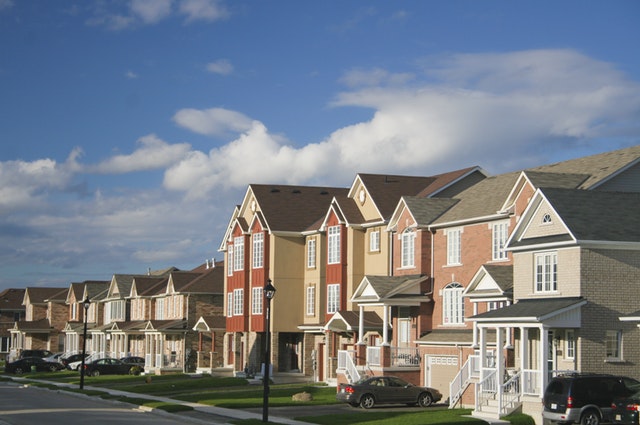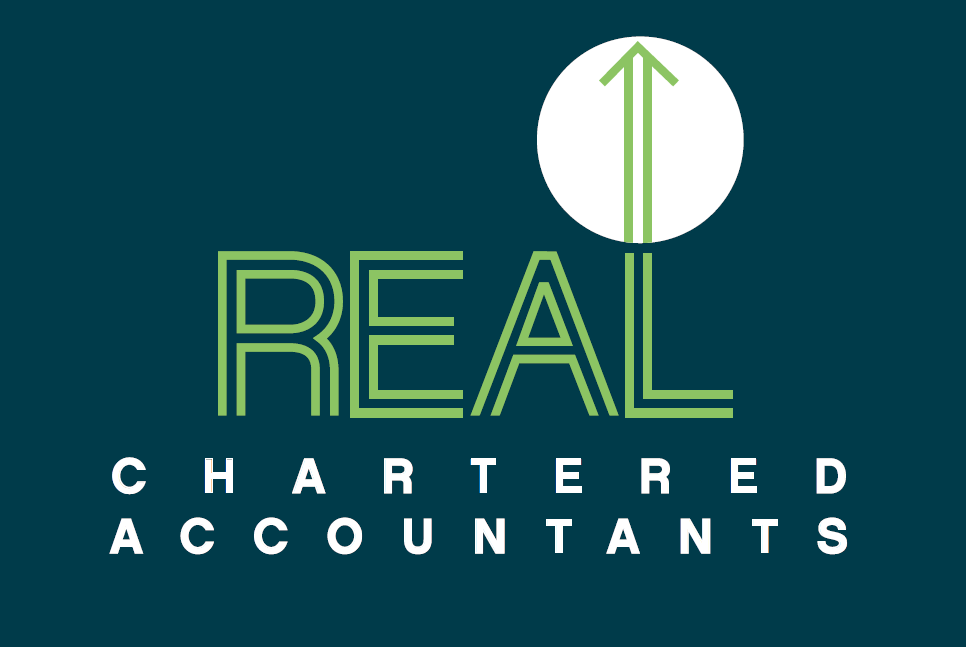NEWS
Subdivisions and Developments

If you are planning on undertaking a subdivision or development, or are in the process of completing one, its pays to get some advice on your tax obligations.
Unless your subdivision is on a very small scale (minor subdivision), it is likely to be considered a major subdivision and will be taxable. However, there are a few exceptions.
To be considered a minor subdivision, you are basically looking at a boundary change or lopping off your backyard. One key consideration is the changes in the physical nature and character of the land. If you walk past it and it has been divided into four lots and it looks exactly the same as it did when it was one lot. It is likely to be a minor subdivision. If you walk past and there is now driveways, fences, lamp posts etc., it will be a major subdivision and taxable. The amount that you spend subdividing the property is also a key consideration in both absolute and relative terms. For example, if you spend $5,000 to subdivide the property and the value of the land is $100,000, so you have spent 5% of the total value, it could be considered a minor subdivision. If you spend $5,000 and the land is worth $50,000, so you have spent 10% of the total value, it could be considered a major subdivision. A couple of other factors to take into consideration is the nature of professional services required and the nature of physical work required.
A major subdivision is taxable regardless of how long you have owned the land for, if the expenditure is significant, the subdivision is likely to be a major subdivision. A guideline would be if the costs to subdivide are more than 5% of the value of the land.
If the land is subdivided more than 10 years after the land was acquired, the taxpayer is entitled to a deduction for the market value of the land at the time the scheme commences so that the tax payer is only taxed on the development profit. For example, say 20 years ago you purchased land for $50,000, and you have now decided to develop the land. The land is worth $500,000 today. You are entitled to make a deduction of $500,000.
If you are completing a subdivision and are keeping some of the land, perhaps the homestead. The balance of the land you keep is not “tainted” by the taxable subdivision. You should however apportion some of the costs against the land that you are keeping rather than claiming 100% of the costs as a deduction.
Farm Land Exclusion , if you are subdividing a farm and the land you a disposing of is capable of being worked as an economic unit and will be mainly be used for the purpose of farming or agricultural, the subdivision may potentially not be taxable.
Investment Land Exclusion, if you subdivide land to build houses on them to derive rental income, then the subdivision may potentially not be taxable.
The rules surrounding subdivisions and developments are complex and we must look at each subdivision or development on an individual basis to determine how the tax rules are to be applied. This article is only intended to provide a very generalised over view. Please contact your client manager for further information.
Disclaimer
This information is intended to provide general advice only. We recommend you discuss your specific situation with your Accountant.









